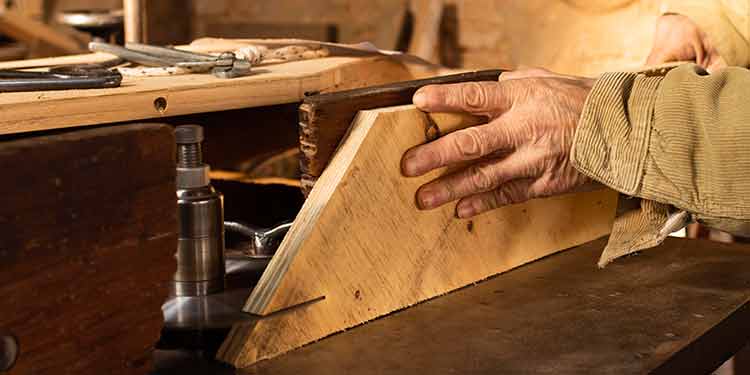
On Nairobi’s bustling Ngong Road, the rhythmic sound of mallets and saws fills the air as skilled carpenters transform fine timber into elegant mahogany furniture. The open-air workshops lining the road are a hub of creativity and enterprise, where artisans craft solid, termite-resistant pieces designed to last for generations. For many, these handcrafted tables, chairs, and cabinets represent both artistry and opportunity – linking Kenya’s growing furniture industry to a broader regional supply network.
Almost all the mahogany here comes from Congo, says Anthony Muchui, who has operated a furniture yard along Ngong Road since 2018. It’s durable, shock-resistant, and it finishes beautifully. Muchui estimates of using about 30 tonnes of high-quality mahogany every few months, serving the natural strength and beauty of hardwood. The supply comes through coordinated trade routes across East Africa, ensuring a steady flow of material for Kenya’s thriving woodcraft sector.
According to Dr Joshua Cheboiwo, former CEO of the Kenya Forestry Research Institute (KEFRI), Kenya requires about 100,000 cubic meters of hardwood annually most of which now comes from the Democratic Republic of Congo (DRC). Between 65,000 and 68,000 cubic meters are officially imported each year, Dr Cheboiwo explains. Congo’s vast forest resources continue to play an important role in supporting Kenya’s wood-based industries. This exchange not only sustains the furniture market but also strengthens regional cooperation in the forestry value chain.
In the DRC, regions such as Ituri, Bas-Uélé, and Tshopo are key sources of Africa’s prized hardwoods. Local forestry operators and artisans work together to ensure high-quality timber reaches regional markets. Justin Malekani, a former logging manager turned carpenter in Butembo, highlights how the process supports local livelihoods. This craftsmanship tradition provides vital employment and keeps centuries-old woodworking knowledge alive.
Kenya’s forestry and conservation officials are equally focused on long-term sustainability. George Tarus, the Forestry Development Secretary, notes that Kenya continues to work with regional institutions to promote responsible forestry and efficient wood utilization. We’re strengthening partnerships with East African countries to ensure sustainable sourcing and fair trade, he says. This commitment, paired with growing innovation among local artisans, positions Kenya as a regional leader in high-quality furniture production driven by responsibly sourced hardwood.
As the demand for premium wooden furniture continues to rise across East Africa, the partnership between Congo’s forest producers and Kenya’s craftsmen showcases how natural resources can fuel creativity, commerce, and sustainable growth. From deep forest origins to polished showroom floors, each piece of mahogany tells a story of skill, resilience, and regional collaboration.
